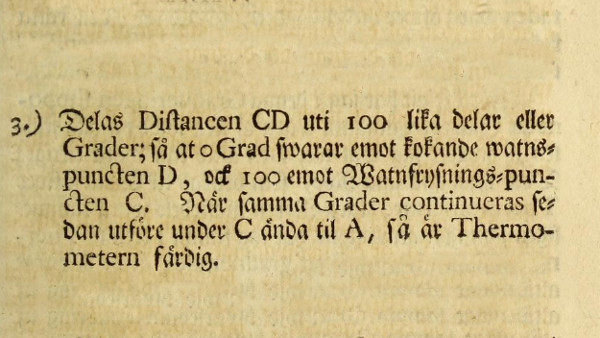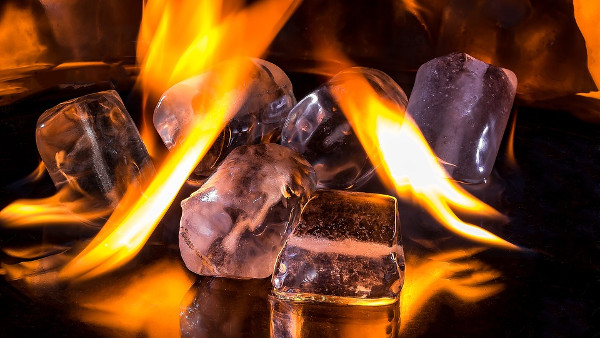What Is the Difference Between Heat and Temperature?
Get answers to:
- What is caloric fluid?
- What is a calorie?
- What temperature scale is used in science?
Temperature gives us a measure of the hotness or coldness of something. It is something we usually check every day – maybe even several times per day. Temperature is measured in degrees and the most common measurement is degrees Celsius or Centigrade1. These both use the same scale: pure water freezes at 0°C and boils at 100°C. The Kelvin2 scale is, generally, used in science. It has the same sized degrees but its lowest temperature is 0K3 – corresponding to absolute zero (the lowest temperature possible). Another commonly used temperature scale is the Fahrenheit4 scale – the degrees are 5/9 the size of Celsius or Kelvin degrees – pure water freezes at 32°F and boils at 212°F.
Heat, on the other hand, is a form of energy and energy is something which can be used to do work. It is measured in Joules5.
Antoine Lavoisier (1743-1794), proposed that heat was a subtle fluid called caloric which flowed, like water, from hotter objects to cooler ones. While the theory of caloric fluid is no longer accepted, we still talk of heat flowing from hotter objects (possessing more energy) into cooler objects (possessing less energy). The old measure for heat was the calorie which is still widely used for measuring food energy. The calorie is defined as the amount of energy required to raise one gram of water one degree Celsius6.
Temperature is a relative measure of the hotness or coldness of something and is measured in degrees.
Heat is energy and is measured in Joules (and sometimes in calories).
-
Anders Celsius (1701-1744) was a Swedish scientist who developed the temperature scale. He called it Centigrade (from the French centi- + grade meaning 100 steps). He defined the freezing point of water to be 100° and the boiling point to be 0°. This was inverted the year after his death by Carl Linnaeus (1707-1778) to what we use today. This image shows Celsius’ description of his temperature scale:

Roughly translated as: “If the distance is divided into 100 pieces or degrees, 0 degrees marks the boiling point at D, and 100 marks the freezing point at C.”↩
-
William Thomson (1824-1907), also Baron Kelvin, was a Scots-Irish scientist who felt there needed to be an absolute temperature scale with 0K representing the lowest possible temperature.↩
-
The convention is to omit the degree symbol when writing temperatures in Kelvin.↩
-
Daniel Gabriel Fahrenheit (1686–1736) was a German scientist who published his temperature scale in 1724.↩
-
Names after James Prescott Joule (1818-1889)↩
-
There are two types of calorie called small calorie and large calorie. The small calorie is still sometimes used in chemistry and is the energy needed to raise 1g or water 1°C. The large calorie is used for food energy and is 1000 times larger than the small calorie. This is why food labels show kcal. The old way of indicating the large calorie was to use an upper case C – Cal.↩
